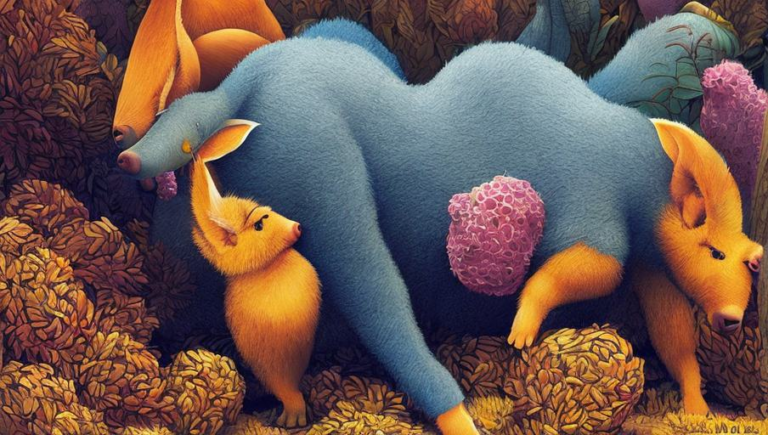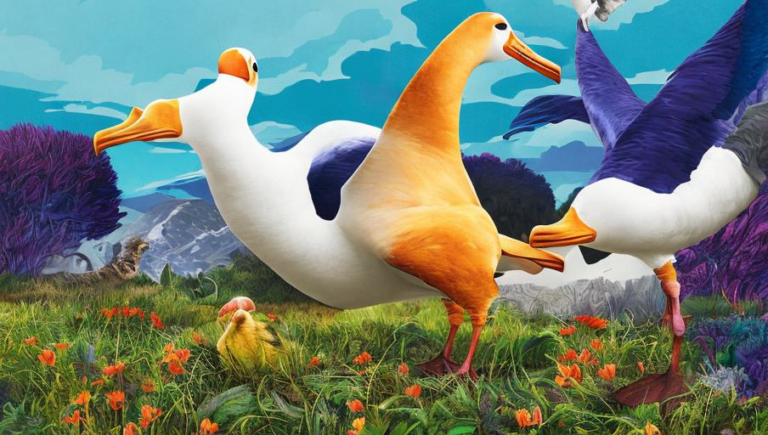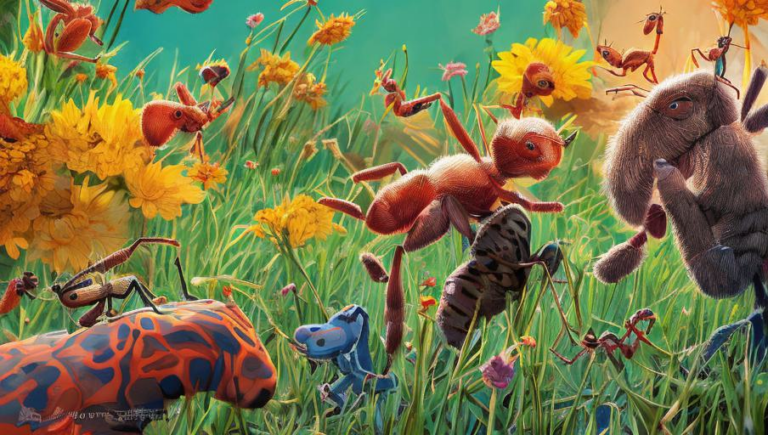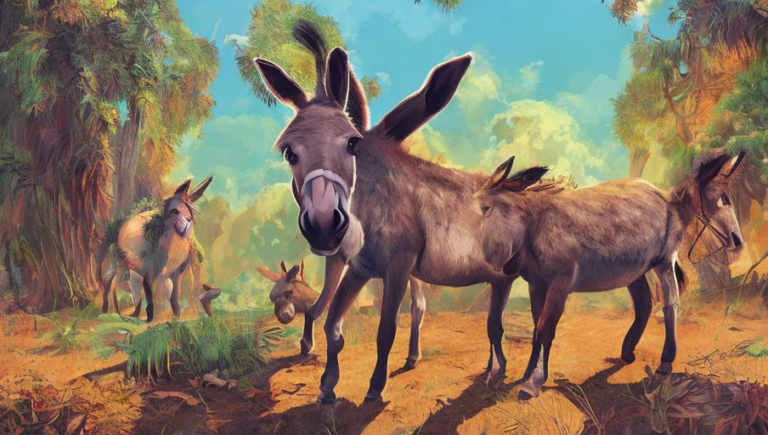Lunchtime for Aardvarks: What They Eat and How They Find It
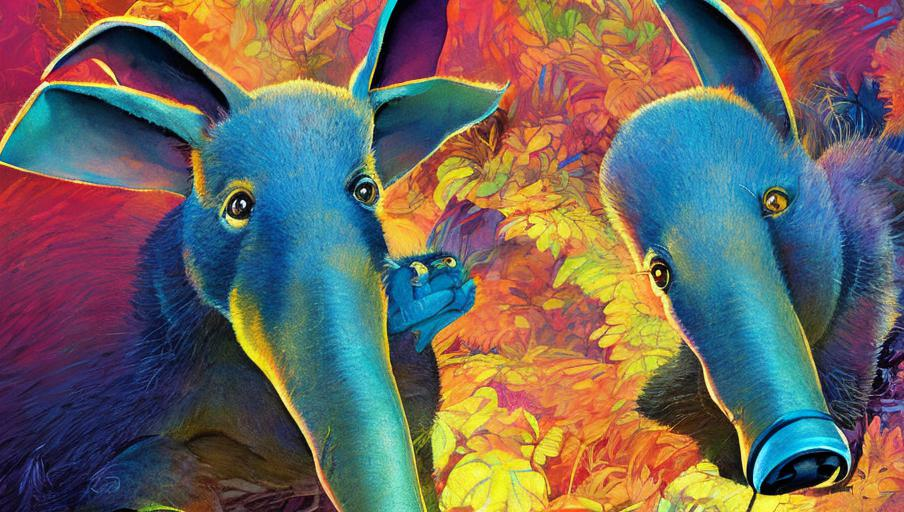
The Aardvark: An Unusual Creature
The aardvark is a fascinating and rare creature that can be found in Africa and parts of the Middle East. They are the only living species of the Tubulidentata order, which is a group of animals that evolved over 55 million years ago. Aardvarks typically weigh around 60 to 100 pounds and they can grow up to 6 feet long. Their bodies are well adapted for digging, with powerful forelegs and long claws.
What Do Aardvarks Eat?
Aardvarks have a diet that consists mainly of ants and termites, but they will also eat other insects such as grubs, beetles, and larvae. They use their powerful claws to dig up the ground and uncover their prey. Aardvarks have an incredibly long tongue, which they use to capture the insects. They also have a specialized digestive system that helps them break down the hard exoskeletons of the insects they eat.
Where Do Aardvarks Find Food?
Aardvarks forage for food during the night, when the insects are active. They search for food in the same areas night after night, often digging up the same patch of ground several times. Aardvarks have a keen sense of smell, which helps them locate their prey. They also use their ears to listen for the sound of insects moving beneath the ground. Aardvarks can consume up to 50,000 insects in a single night.
The Impact Of Human Activity On Aardvarks
Unfortunately, human activity is having a detrimental effect on the aardvark’s habitat. The clearing of forests and grasslands for agricultural purposes has reduced the amount of suitable habitat for aardvarks. Human activity has also resulted in the destruction of ant and termite colonies, which further limits the aardvark’s food supply. Conservation efforts such as the protection of aardvark habitats and the restoration of ant and termite colonies are essential for the continued survival of this unique species.
Conclusion
The aardvark is an amazing creature that has adapted to its environment in remarkable ways. It is important to be aware of the impact that human activity is having on aardvark habitats and to take steps to protect them. With the right protection, aardvarks can continue to thrive in their natural environment for many years to come.

